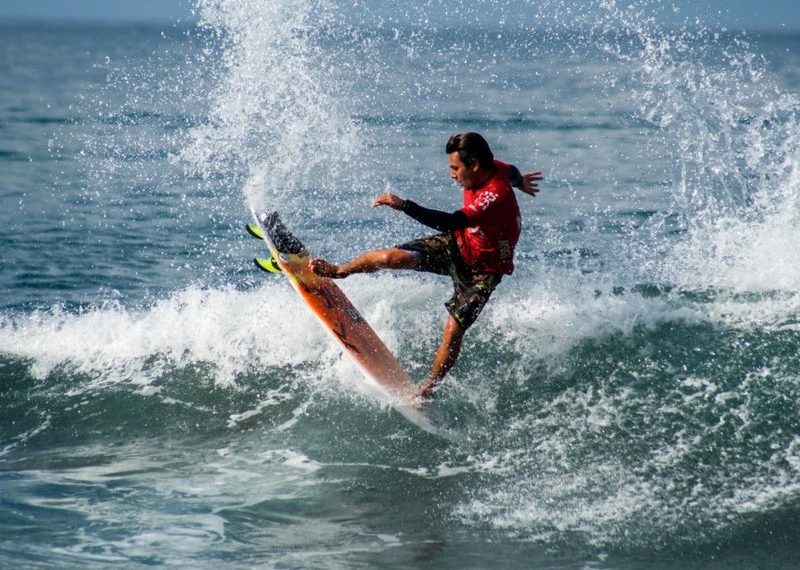
Boasting one of the most idyllic, albeit at times humbling, surf breaks in Southern California, Black’s Beach, it was no surprise that the university directly above the locale came in at a top spot on Surfer’s “Top Ten Surf Colleges.” Throw in a nationally ranked surf club, recreational opportunities for student’s to take surf lessons, and a faculty and staff that take frequent board meetings, and you have yourself a bona fide surf university. Another San Diego cliffside university, Point Loma Nazarene University, came in at No. 2. “UC San Diego offers a world-class educational experience to students, as well as vibrant student life opportunities,’’ said Chancellor Pradeep K. Khosla in a recent press release. “Our unique location near the beach and among other premier research institutions on the Torrey Pines Mesa makes the campus an ideal place to pursue academics and an active lifestyle.”
While the school has a stellar academic reputation, with a large population of international students, it is perhaps their recreational classes that spread the most stoke. UC San Diego recreation’s aquatic classes run the gamut above and below the water’s surface, offering surf, swim, and scuba diving courses. The surfing programs are year-round, and not only teach students the skills necessary to safely pursue learning to surf, but also present job opportunities for students looking to work as instructors.
“It’s a unique niche in the university system that we have this program,” said Clayton Claiborn, associate director of aquatic recreation classes at UC San Diego. “We have so many international students, and one of the first things that they want to do when they get here is learn how to surf. La Jolla has an inescapable surf culture, and for an academically-stringent school, the sport provides a great alternative to traditional study relaxation.”
“Locals” shouldn’t have their guard up to high, however. Claiborn reassured that they’re “Not flooding the lineup with all of these students. We want to do it responsibly… in a safe way.” The UC San Diego surf club, oft-nationally ranked, also falls under the umbrella of the university’s aquatic recreation department. They operate as a club sport but compete in national circuits.
It was not only due to the close proximity to Black’s that the school made the magazine’s rankings. The internationally-renowned Scripps Institution of Oceanography is one of the “oldest, largest, and most important centers for ocean and earth science research, education and public service in the world.”
Faculty and staff at Scripps pursue one thing that all water people hold dear, understanding and protecting the world’s oceans.
“With many members of the UC San Diego community passionate about surfing and the environment, the campus has helped launch research and technologies that benefited both,” the press release read. “For example, the world’s first algae-based, sustainable surfboard was developed by UC San Diego biology and chemistry students and faculty. Stephen Mayfield, a professor of biology and algae geneticist, who has been surfing for more than 45 years, headed the effort to produce the surfboard. ‘An algae-based surfboard perfectly fits with the community and our connection with the ocean and surfing.’”
Mayfield, along with Skip Pomeroy, a professor of chemistry and biochemistry, also recently led a research effort to produce the world’s first algae-based, renewable flip flops, a development that could rid beaches worldwide of one of the biggest sources of trash. Each year, approximately three billion petroleum-based flip flops are produced, many of which litter beaches around the globe. The researchers hope to produce their sustainable flip-flops, which will degrade over time.













Discussion about this post